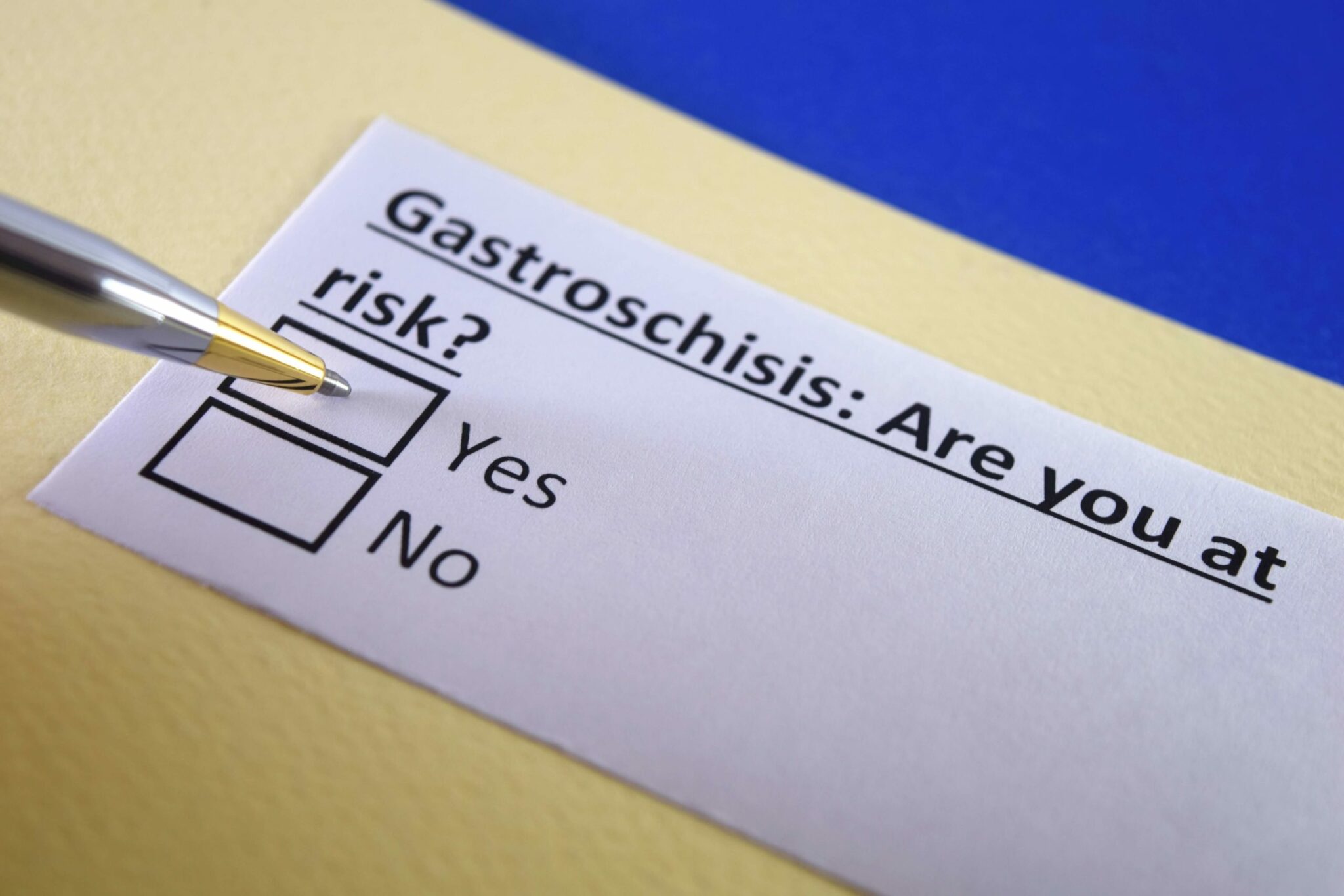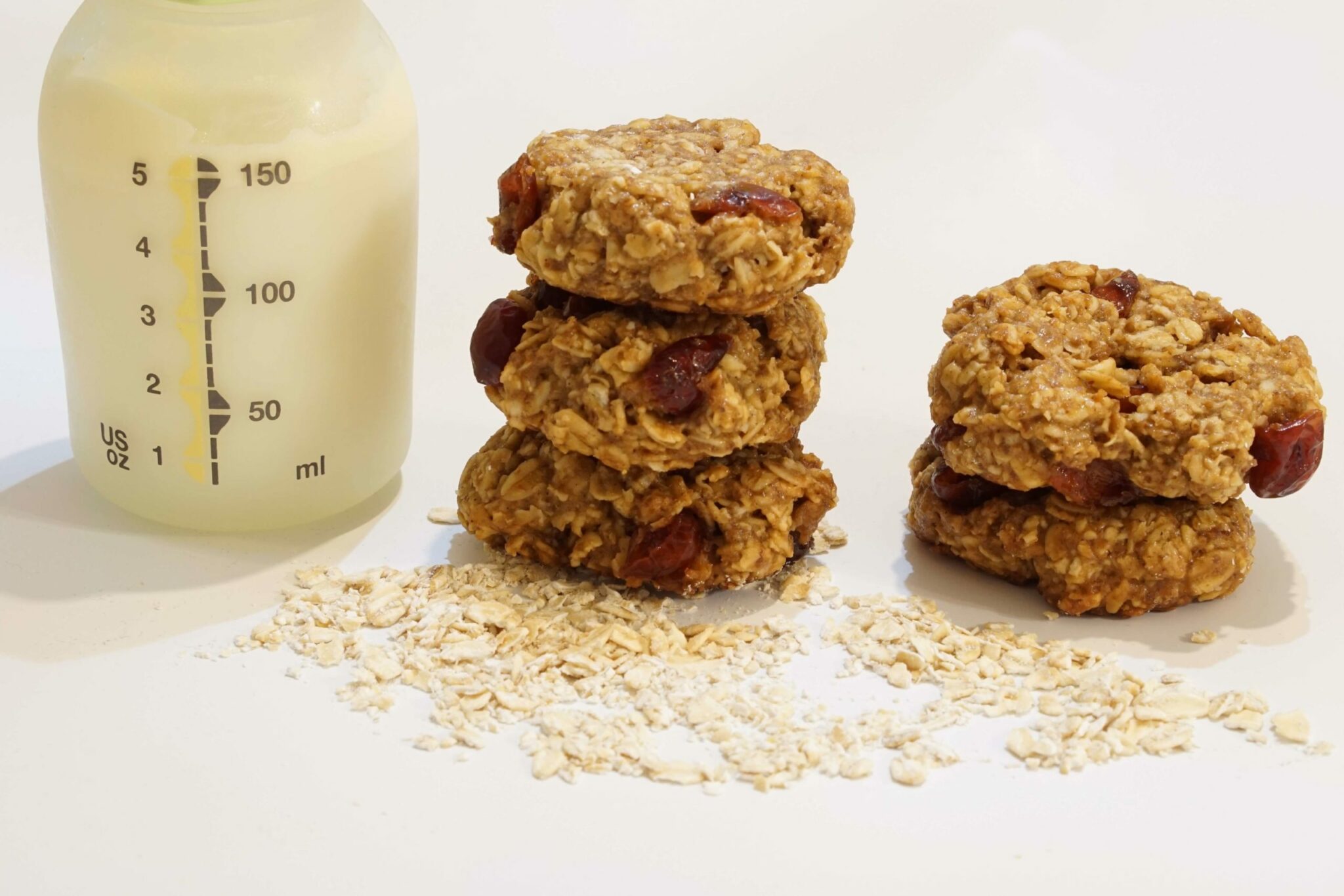Q&a With Betty McEntire, phD: how we can Better Understand SIDS
1. Bundoo: Deaths from SIDS have dropped significantly since the “Safe to Sleep” campaign was started in 1992. How do you feel about the progress we’re making?
Answer : Betty McEntire: We are making progress. Safe to Sleep has been good, but the rates were falling before that because other factors were changing too, like the drop in maternal smoking. I think if you gave most parents a test and asked them how to prevent SIDS, they would answer it correctly. But because parenting is stressful and sleep-deprived, I think parents sometimes do things they know they shouldn’t, like put their babies in bed with them to sleep. I’ve talked to so many mothers who lost their babies in bed and knew they shouldn’t have brought their babies into bed with them. Also, parents are still doing a lot of things that might help soothe a baby but are also dangerous, like putting a baby to sleep on his or her stomach.
2. SIDS is particularly frustrating because of how little we understand about what causes it and who’s vulnerable to it. Where is the research right now?
Answer : We’re currently trying to determine the physical vulnerability or figuring out which babies are at increased risk. We’re making progress, but we still don’t know who that baby is who’s at higher risk, so we treat all babies like they’re at high risk. That said, we do know there are certain things that put the baby at greater risk, like certain brain abnormalities, prematurity, infection, and smoking.
3. The American SIDS Institute is involved in an effort to collect tissue from SIDS babies for research. Can you tell us why that’s so important?
Answer : We’ve been trying to collect tissue from infants who die unexpectedly and make it available to researchers. It’s very important to do this, but the tissue is very hard to get. You need parental permission to collect tissue, and you need to get that permission before the autopsy. All of these babies are autopsied. It’s a very difficult time for parents who are still trying to accept their baby has died, naturally.
4. What is the tissue used for? What do we hope to learn from it?
Answer : We hope to learn what it is about a particular infant that would put this child at greater risk. Hopefully, once we’ve identified these factors, they are things that can be identified at birth and corrected. It’s all about prevention. In most situations where SIDS occurs, there is the combination of a vulnerable baby and an asphyxiating environment. If you see it as a continuum, on one end are the babies who are so vulnerable they would die if they were face up in a crib in a safe sleep environment, but that’s actually very, very rare. Then there are the babies who are at low risk but are in an environment that would kill any baby, such as a parent who falls asleep on the baby. That’s also rare. Most cases are in between these extremes, and we’ve got to learn more about the interplay between vulnerability and environment.
Powered by Bundoo®










































